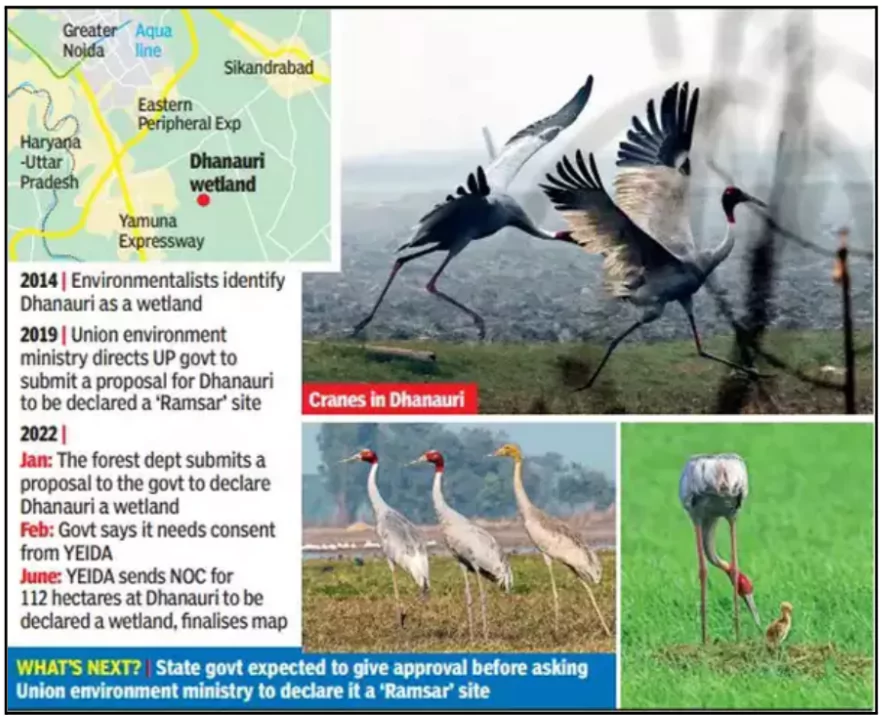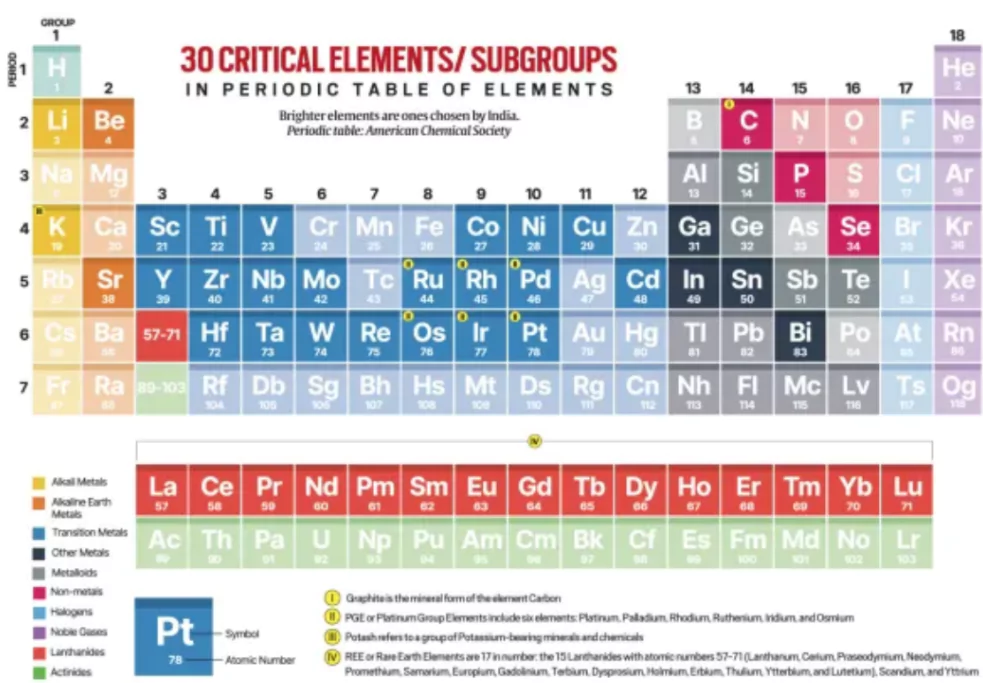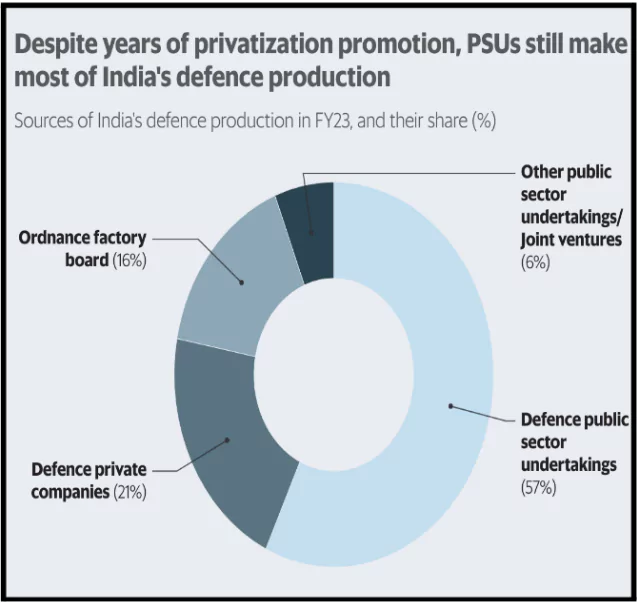Integral Humanism of Deen Dayal Upadhaya
|
Context: 25 September is celebrated as the 108th birth anniversary of Pandit Deendayal Upadhyaya.
About Pandit Deendayal Upadhyaya
What is Integral Humanism?
|
WAVES Anime & Manga Contest
|
Context: The Ministry of Information & Broadcasting, in collaboration with the Media & Entertainment Association of India (MEAI), has launched the WAVES Anime & Manga Contest (WAM!).
More on the news:
About WAM!
|
China conducts ICBM tests
|
Context: Recently, China carried out a rare test-firing of an intercontinental ballistic missile (ICBM) into international waters, sparking protests from neighbouring countries.
Intercontinental Ballistic Missile (ICBM)
India’s ICBMs:
Ballistic Missile:
Trajectory:
Types of Ballistic Missiles:
Ballistic vs. Cruise Missiles:
|
The Supreme Court has delivered a split verdict in a custodial death case in which the police officers were convicted under Section 304 of the Indian Penal Code.
| Police Custody | Judicial Custody |
| Police have the physical custody of the accused. | Accused is in the custody of the concerned Magistrate. |
| Accused is lodged in lock up. | Accused is lodged in jail |
| A person has to appear before the concerned magistrate within 24 hours. | Person is kept in jail until the Court gives bail: Police officers in charge of the case are not allowed to interrogate the suspect without the approval of the court. |
| Police custody begins when a police officer arrests a suspect upon receiving a complaint or FIR. | Judicial custody begins when the public prosecutor satisfies the court that for the purpose of the investigation, custody of such accused is necessary. |
|
|
NGT asks UP government why the proposal to notify Dhanauri wetland as a Ramsar site has not been sent to the Centre.

India has made significant progress in reducing new HIV infections with 44% reduction since 2010, surpassing the global reduction rate of 39%.
UNAIDS (United Nations Programme on HIV/AIDS)
The Global Fund to Fight AIDS, Tuberculosis, and Malaria
PEPFAR (President’s Emergency Plan for AIDS Relief)
|
|---|
The “Make in India” initiative, which marked its 10th anniversary in September 2024, which led to overseas increase in inflows of FDI by 119% compared to 2004-2014.
As India looks ahead with “Make in India 2.0”, the focus will shift towards sustainability, renewable energy, and advanced manufacturing, ensuring global competitiveness and self-reliance for the future.
The Spices Board of India, under the Ministry of Commerce and Industry, has unveiled the SPICED scheme (Sustainability in Spice Sector through Progressive, Innovative and Collaborative Interventions for Export Development).
Spices Board of India
CRES
|
|---|
Minerals Security Finance Network (MSFN), an offshoot of the Minerals Security Partnership (MSP) has been established on the margins of the United Nations General Assembly in New York.
The Minerals Security Finance Network (MSFN)
|
|---|
 Major Critical Minerals: The Report of the Committee on Identification of Critical Minerals constituted by Ministry of Mines has identified 30 critical minerals,
Major Critical Minerals: The Report of the Committee on Identification of Critical Minerals constituted by Ministry of Mines has identified 30 critical minerals,
 Components of Value Chain:
Components of Value Chain:
About Rare Earth (RE)
|
The Supreme Court of India dismissed a public interest litigation (PIL) seeking to halt the export of defence equipment to Israel, citing that foreign policy decisions do not fall under its purview.
India’s Defence Production and Export Growth
|
|---|
International Arms Trade Law and Its Relevance to India
India’s liability under the International Humanitarian Law (IHL)
|
|---|

|
|---|
India’s defence exports must be aligned with humanitarian law to ensure that military supplies do not contribute to human rights violations.
<div class="new-fform">
</div>